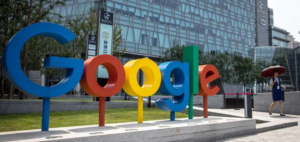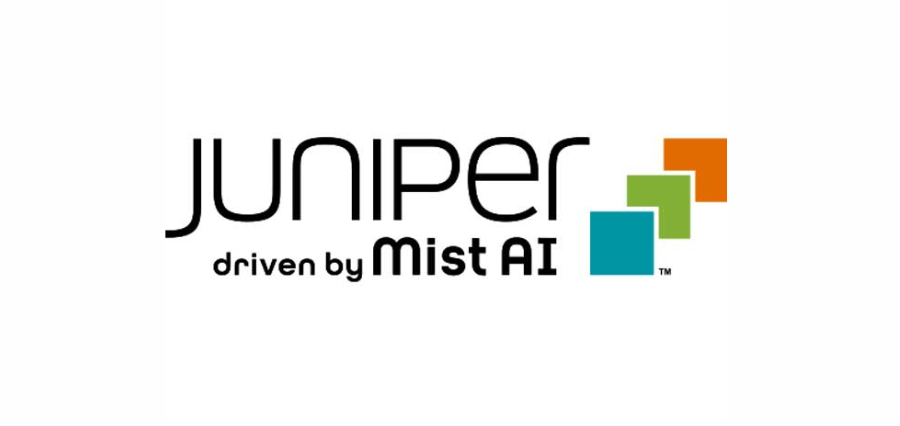Prime Highlights
- Google has rolled out a radical Gmail redesign focused on improved security and sender authentication that impacts over 3 billion individuals.
- Both recipients and mass email senders are now held to stricter standards in order to offer a cleaner and more secure inbox experience.
Key Facts
- Mass email senders will be required to authenticate their domains, offer one-click unsubscribes, and maintain low spam rates.
- Spam blockers powered by AI now filter out 20% more spam and detect phishing sooner.
- The refresh is abuse-fighting and user-friendly without altering Gmail’s primary interface.
Key Background
Google announced a major new Gmail upgrade that will have a direct impact on over 3 billion users worldwide. The change, extending a long-running fight against spikes in spam, phishing, and email spoofing, puts new requirements on senders of bulk mail and includes behind-the-scenes enhancements to Gmail’s AI-powered spam filters.
Until recently, any sender or service that sends more than 5,000 emails a day has to satisfy three main conditions: authenticate their emails through standard protocols such as SPF, DKIM, and DMARC; provide a simple one-click unsubscribe link; and maintain low spam complaints. Not satisfying these conditions can lead to delivery failure or Gmail labeling such messages as spam.
For the average user, the impact will be subtle but deep. The inbox will be safe, secure, and spam- and counterfeit-free. Google has been clear that this effort is not about redesigning the Gmail experience but about security at the infrastructure level.
A lot of the update is thanks to improvements in Google’s artificial intelligence technology. Gmail’s spam filter, which already rejects almost 15 billion unwanted messages every day, has been upgraded to catch another 20% more spam. Additionally, phishing attacks are being caught and fixed 90% quicker, an important improvement as email-based scams become increasingly clever.
The new advice follows as part of wider shift in the email and tech landscape, where large platforms are coming together to set a higher bar for sender disclosure and user protection. For digital publishers and marketers, that means adapting to work to a new default standard of email best practice on authenticity and user trust.
In brief, Google’s Gmail upgrade is a giant step towards securing loopholes in security and safeguarding email communication and making it more authentic and secure for all—ranging from corporates to end-users. It is an election day for email senders: evolve with the new rules or get lost forever in users’ mailboxes.
Read also : Unmasking the Threat: Understanding and Defending Against Targeted Ransomware Attacks








